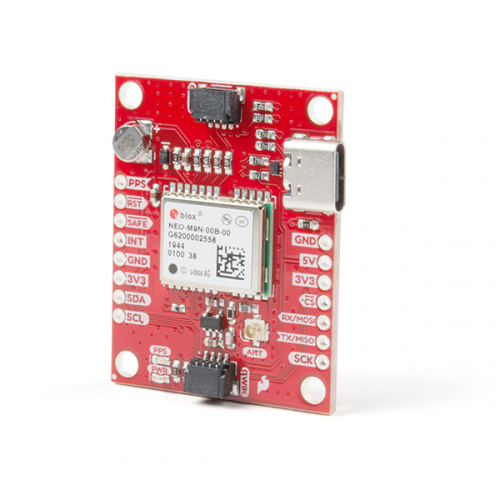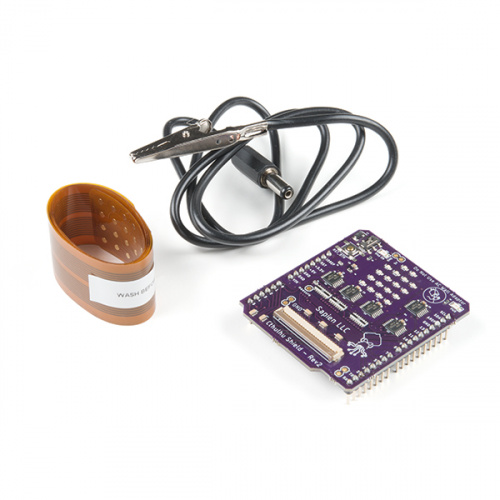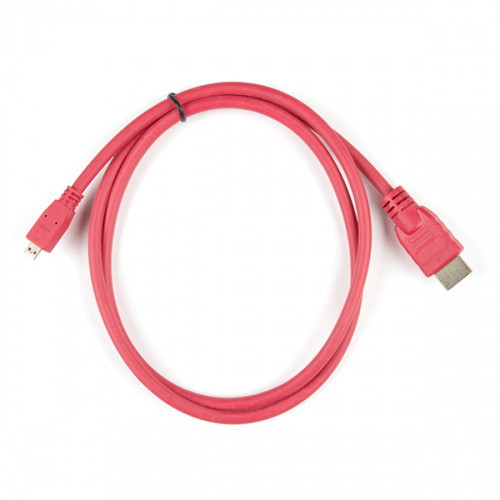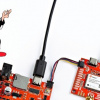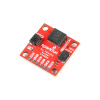Hello everyone and welcome back! This week we have two GPS breakout boards that utilize the brand new NEO-M9N module from u-blox. Following that we have the Cthulhu Shield, the world's first open source sensory substitution and sensory augmentation development platform (you'll definitely want to check this one out). Then, to round out the day, we have a micro HDMI cable that can be used with the new Raspberry Pi 4! As a reminder, our Limited Edition Artemis SnowBoard is almost out of stock - if you want to pick one up for free, now might be your last chance. Click here for the rules and details.
These boards may not know Kung-Fu, but they will help you find your way!
The SparkFun NEO-M9N GPS Breakout is a high quality GPS board with equally impressive configuration options. Two options are available, one with a U.FL connector so you can use your own antenna, and the second with a built-in Chip Antenna. The NEO-M9N module is a 92-channel u-blox M9 engine GNSS receiver, meaning it can receive signals from the GPS, GLONASS, Galileo and BeiDou constellations with ~1.5 meter accuracy. Additionally, this u-blox receiver supports I2C (u-blox calls this Display Data Channel), making it perfect for Qwiic compatibility so we don't have to use up our precious UART ports. Utilizing our handy Qwiic system, no soldering is required to connect it to the rest of your system. However, we still have broken out 0.1"-spaced pins in case you prefer to use a breadboard.
In his house at R'lyeh, dead Cthulhu waits dreaming.
The Cthulhu Shield is the world's first open source sensory substitution and sensory augmentation development platform! Sensory substitutes are tools and techniques that take information you would normally receive on one sensory organ, and present it in another form to another sensory organ. Your brain then figures out what to do with this information and translates it into usable data. The Cthulhu Shield lets anyone experiment and make devices that can expand your sensory experience! This input device attaches directly into a 5V Arduino development board, enabling it to electrically activate nerve endings in your tongue (yup, your tongue) through an array of 18 electrodes with the included Flexible Electrode Array.
This is an inexpensive, 3-foot-long HDMI to Micro HDMI cable that you can use to hook up your Raspberry Pi 4 to a suitable monitor or TV. Heck, you can hook up anything you want with it!
That's it for this week! As always, we can't wait to see what you make! Shoot us a tweet @sparkfun, or let us know on Instagram or Facebook. We’d love to see what projects you’ve made!
